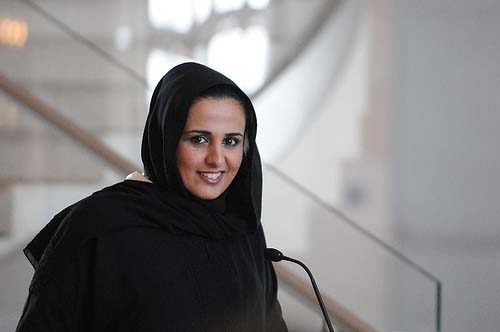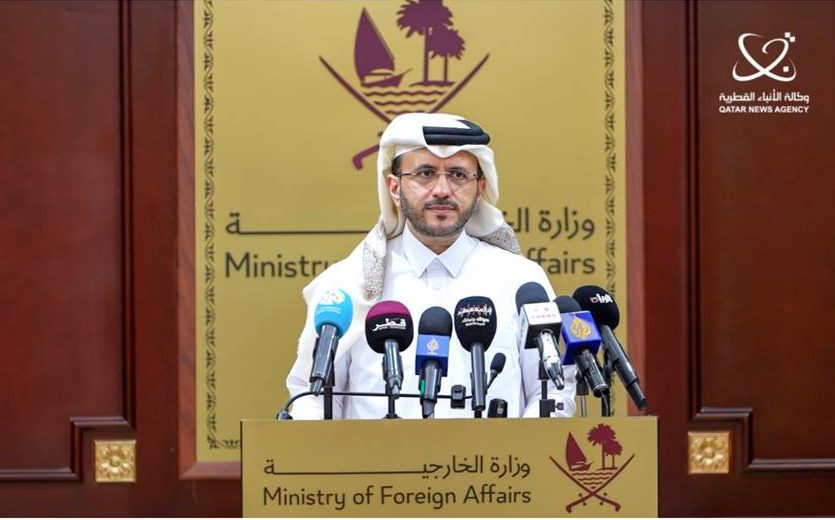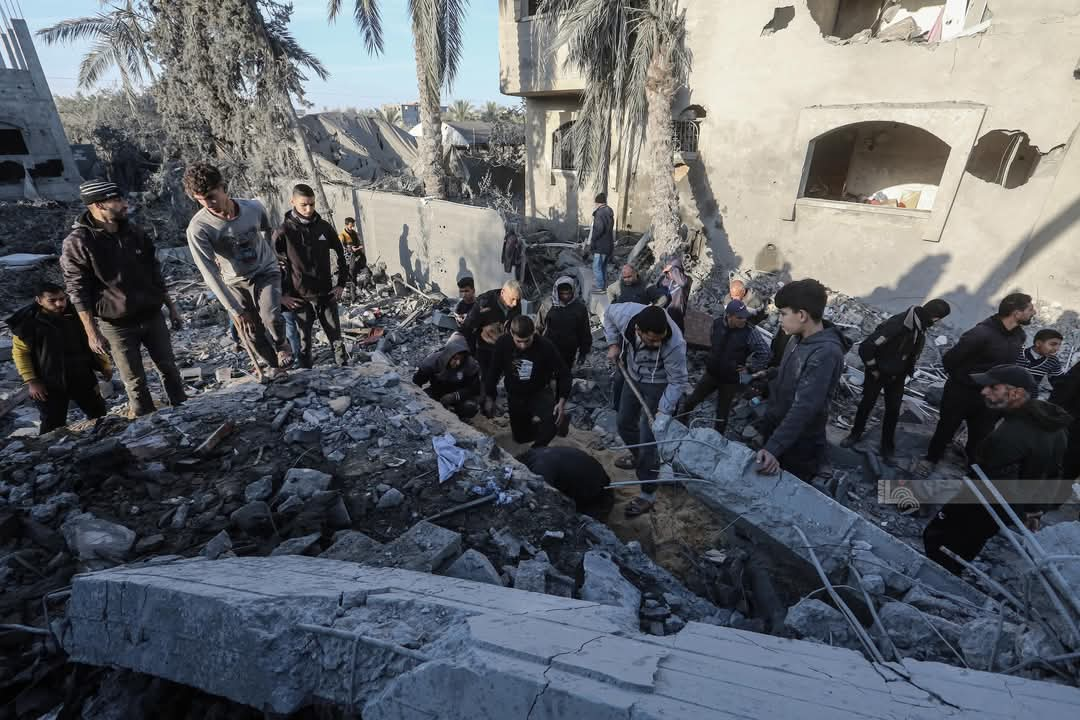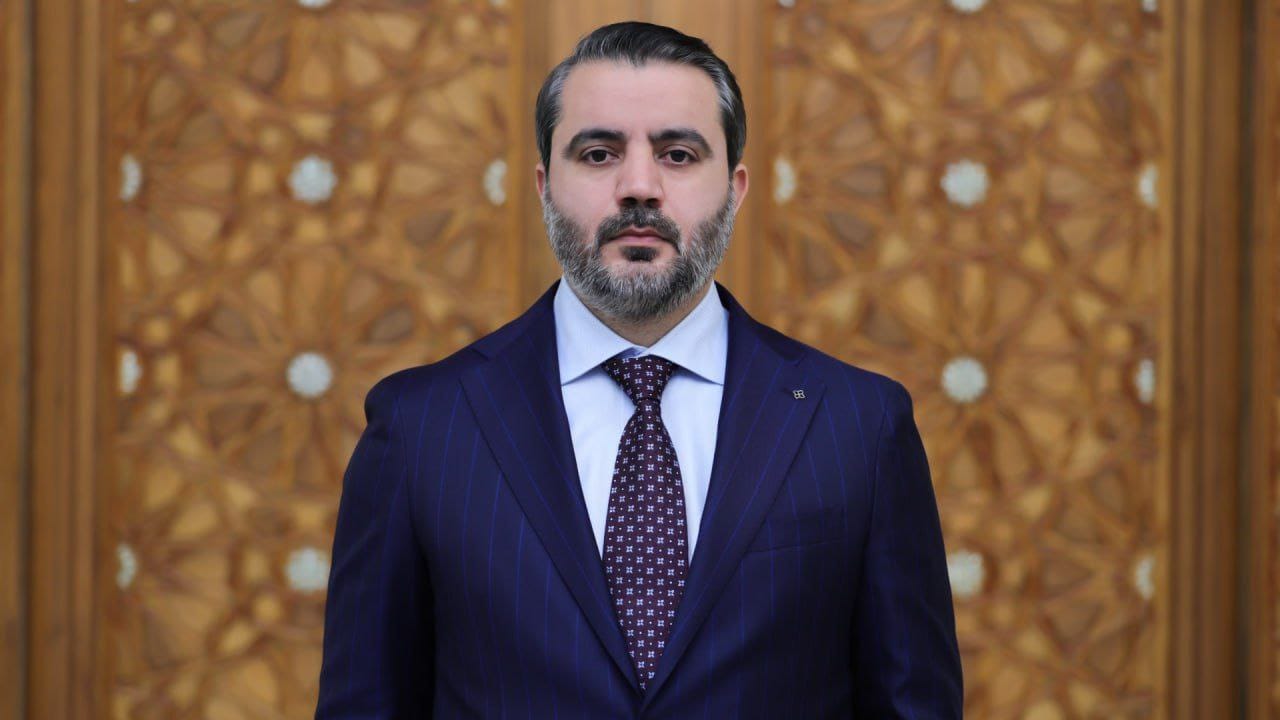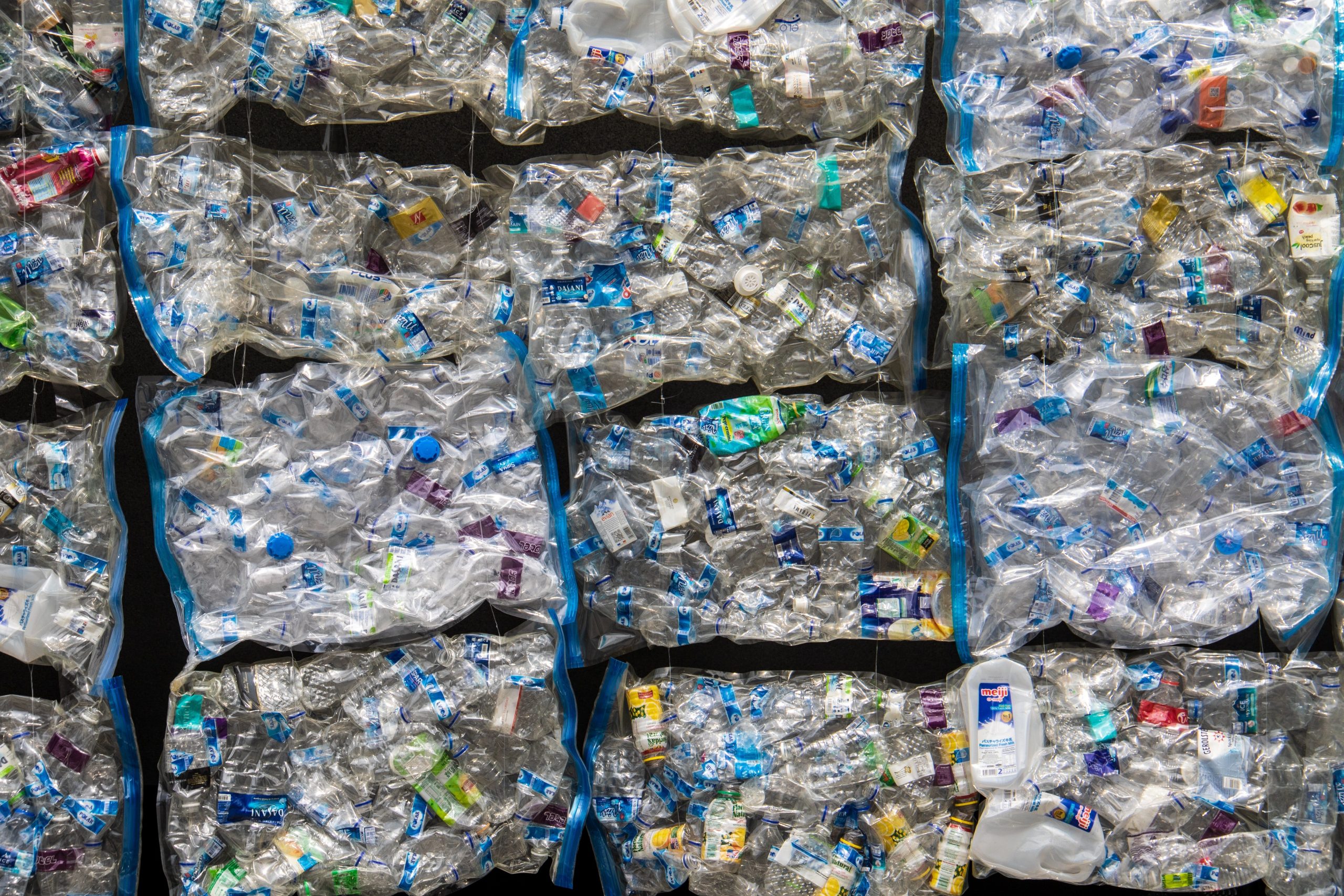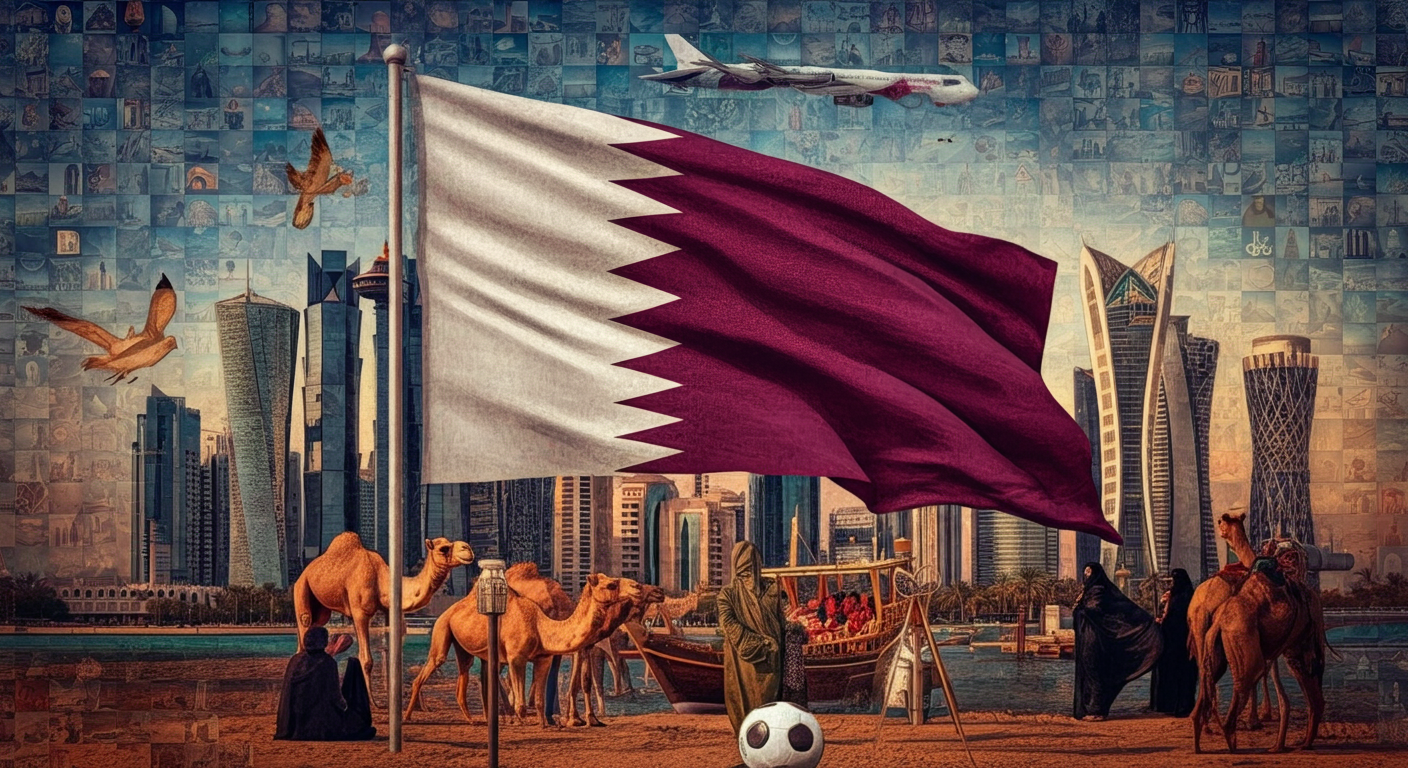As Qatar struggles to prepare for its post-oil future, a new generation of the ruling family’s members are taking up the country’s push for culture.
Sheikha Mayassa bint Hamad bin Khalifa Al-Thani is at the head of this charge to establish Qatar as a world culture capital.
But can the 29-year-old daughter of the Emir, widely regarded as the art world’s most powerful woman, fulfill this mandate?
The Economist poses this question in a fascinating piece on Qatar’s art scene and those who are working to develop it – namely, the ruling family.
Sheikha Mayassa explains: “The QMA is very much my father’s baby. He wanted to create something…to connect with the community, to create a culture dialogue within society. We report directly to him.
The nice thing about my father is that he doesn’t interfere in the day-to-day business. We present the strategy, and once he agrees with the strategy and the vision we are given the authority and freedom to go ahead and execute them in the way we think fit.”
The article, which takes readers through Sheikha Mayassa’s childhood, American education and return to Doha two years ago, ends in a caution sign, outlining the challenges she faces as the chair of the Qatar Museums Authority.
In order for the QMA to be more than a rich girl’s plaything, Sheikha Mayassa will have to do better than put expensive foreign baubles on display in her homeland. She needs to be far more innovative and focused in choosing between the hundreds of exhibitions the QMA gets offered…
In her introduction to the Tate’s Hirst catalogue, Sheikha Mayassa writes that “Art—even controversial art—can unlock communication between diverse nations, peoples and histories.” The years ahead will test her resolve—Qatar’s too.
What do you think? A fair challenge? Or not giving her enough credit?

